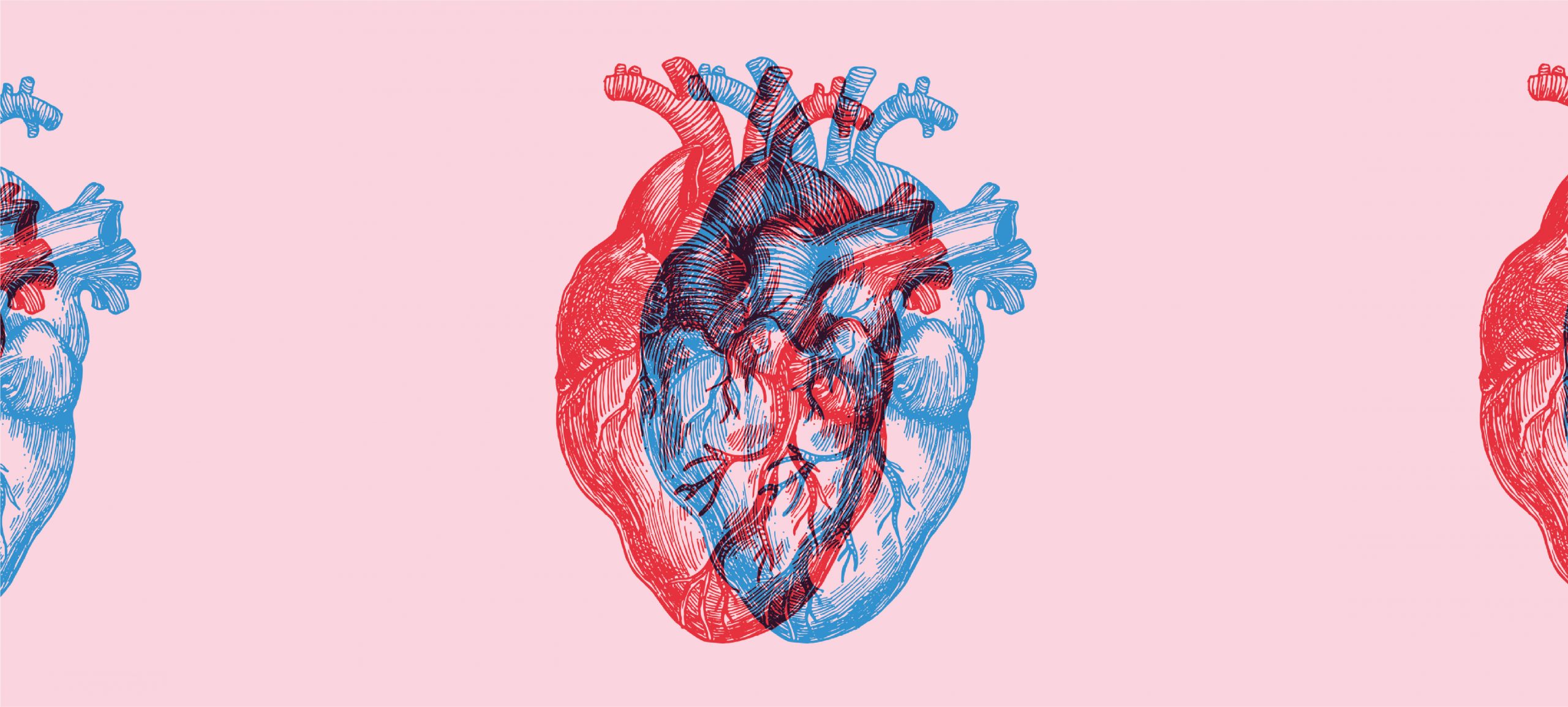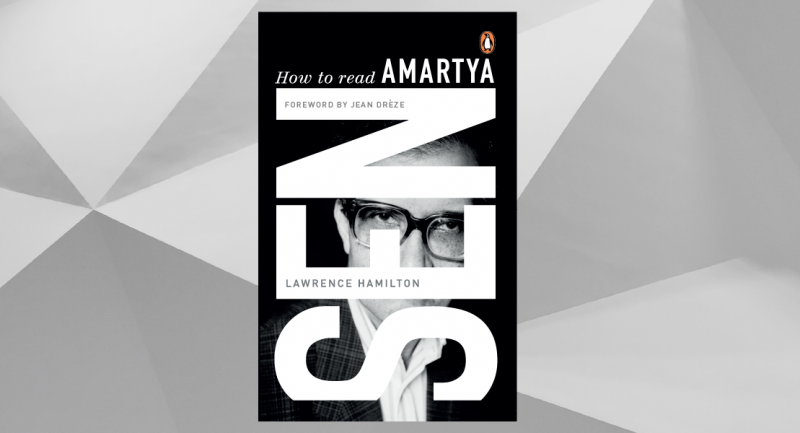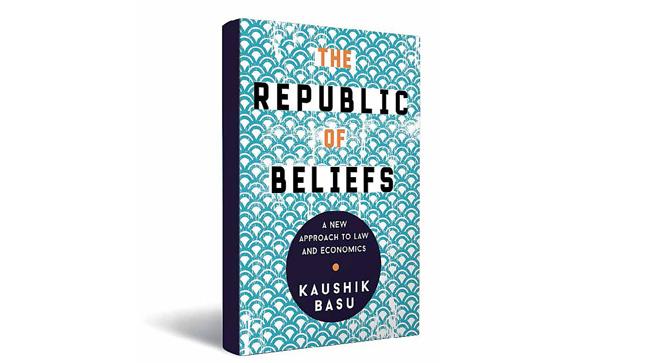
The spark of life, fount of emotion, house of the soul – the heart lies at the centre of every facet of our existence. It’s so bound up in our deepest feelings that it can physically change shape when we experience emotional trauma.
Here is an excerpt from Sandeep Jauhar’s book, Heart: A History that talks about the metaphorical heart.
If the heart bestows life and death, it also instigates metaphor: it is a vessel that fills with meaning. The fact that my mother associated my lack of courage with a small heart is no surprise; the heart has always been linked to bravery. During the Re naissance, the heart on a coat of arms was a symbol of faithfulness and courage. Even the word “courage” derives from the Latin cor, which means “heart.” A person with a small heart is easily frightened. Discouragement or fear is expressed as a loss of heart.
This metaphor exists across cultures. After my grandfather died, my father, only fourteen, enrolled at Kanpur Agricultural College, the first in his family to pursue higher education. Every morning he would walk six kilometers to the academy because the family could not afford a bicycle. On the way home, lugging his bag of borrowed books, he would meet my grandmother at an appointed spot on the dusty road. When he would complain of feeling tired or overwhelmed, she would admonish her grieving boy to show strength. “Dil himmauth kar,” she’d say. Take heart.
Shakespeare explored this motif in his tragedies. In Antony and Cleopatra, Dercetas describes the warrior Antony’s suicide by the hand that “with the courage which the heart did lend it, splitted the heart.” Antony was distraught over what he believed to be Cleopatra’s treachery, and in describing Antony’s heartbreak, Shakespeare refers to another conception of the heart: as the locus of romantic love. “I made these wars for Egypt and the Queen,” Antony declares, “whose heart I thought I had, for she had mine.” As the critic Joan Lord Hall writes, Antony is conflicted over two very different conceptions of the metaphorical heart. In the end, his craving for battlefield glory overwhelms his desire for passionate fulfillment and leads to his self- destruction.
The richness and breadth of human emotions are perhaps what distinguish us most from other animals, and throughout history and across many cultures, the heart has been thought of as the place where those emotions reside. The word “emotion” derives from the French verb émouvoir, meaning “to stir up,” and perhaps it is only logical that emotions would be linked to an organ characterized by its agitated movement. The idea that the heart is the locus of emotions has a history spanning from the ancient world. But this symbolism has endured.
If we ask people which image they most associate with love, there is no doubt that the valentine heart would top the list. The ♥ shape, called a cardioid, is common in nature. It appears in the leaves, flowers, and seeds of many plants, including silphium, which was used for birth control in the early Middle Ages and may be the reason why the heart became associated with sex and romantic love (though the heart’s resemblance to the vulva probably also has something to do with it). Whatever the reason, hearts began to appear in paintings of lovers in the thirteenth century. ( These depictions at first were restricted to aristocrats and members of the court— hence the term “courtship.”) Over time the pictures came to be colored red, the color of blood, a symbol of passion. Later, heart-shaped ivy, reputed for its longevity and grown on tombstones, became an emblem of eternal love. In the Roman Catholic Church, the ♥ shape became known as the Sacred Heart of Jesus; adorned with thorns and emitting ethereal light, it was an insignia of monastic love. Devotion to the Sacred Heart reached peak intensity in Eu rope in the Middle Ages. In the early fourteenth century, for instance, Heinrich Seuse, a Dominican monk, in a fit of pious fervor (and gruesome self-mutilation), took a stylus to his own chest to engrave the name of Jesus onto his heart. “Almighty God,” Seuse wrote, “give me strength this day to carry out my desire, for thou must be chiseled into the core of my heart.” The bliss of having a visible pledge of oneness with his true love, he added, made the very pain seem like a “sweet delight.” When his wounds healed in the spongy tissue, the sacred name was written in letters “the width of a cornstalk and the length of the joint of [a] little finger.” This association between the heart and different types of love has withstood modernity. When Barney Clark, a retired dentist with end- stage heart failure, received the first permanent artificial heart in Salt Lake City, Utah, on December 1, 1982, his wife of thirty- nine years asked the doctors, “ Will he still be able to love me?”
Today we know that emotions do not reside in the heart per se, but we nevertheless continue to subscribe to the heart’s symbolic connotations. Heart metaphors abound in everyday life and language. To “take heart” is to have courage. To “speak from the heart” conveys sincerity. We say we “learned by heart” what we have understood thoroughly or committed to memory. To “take something to heart” reflects worry or sadness. If your “heart goes out to someone,” you sympathize with his or her problems. Reconciliation or repentance requires a “change of heart.”
Like the biological heart, the metaphorical heart has both size and shape. A bighearted person is generous; a small- hearted person is selfish (though when my mother said I had a small heart, I believe she meant I had a surfeit of compassion). The metaphorical heart is also a material entity. It can be made of gold, stone, even liquid (for example, being poured when we confess something). The metaphorical heart also possesses temperature— warm, cold, hot—as well as a characteristic geography. The center of a place is its heart. Your “heart of heart,” as Hamlet tells Horatio, is the place of your most sacred feelings. To “get to the heart” of something is to find out what is truly important, and just as the statue or monument at the heart of a city often has something to do with love, bravery, or courage, so too it is with the human heart.
Affecting, engaging, and beautifully written, Heart: A History takes the full measure of the only organ that can move itself. For more posts like this, follow Penguin India on Facebook!









